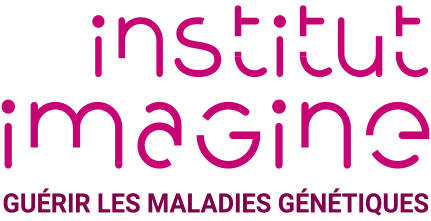Presentation
Postdoctoral researcher
Brieuc is a postdoctoral fellow in Mickaël Ménager’s laboratory. He was a student at AgroParisTech, the life science branch of Paristech, the Paris consortium of ten foremost master's level scientific schools. During his studies, he decided to take a year off to work in research laboratories. He studied CRISPR system in E. coli in 2009 in Philippe Bouloc’s laboratory at Genetics and Microbiology Institute in Orsay for 6 months then went on to pursue a 6-month internship in Australia working on mathematical modeling of pests’ attacks in sugar cane fields in the research department of Bureau of Sugar Cane Experiment Station private company/CIRAD. Being increasingly interested in immunology during his studies, he decided to do his master 2 level 6-month internship in Judy Lieberman laboratory at Harvard Medical School in Boston. There, he studied the involvement of microRNAs in myeloid leukemia cell resistance to apoptosis. After obtaining his Engineer degree, Brieuc performed is PhD studies at Institut Pasteur in Matthew Albert’s group, where he focused on the study of autophagy perturbation by influenza A virus and its impacts on virus replication and on the inflammatory response to infection.
Brieuc joint Mickaël Ménager’s group at institute Imagine as a postdoctoral fellow in September 2017, obtained a Sidaction fellowship and was involved in the mounting of the laboratory since its beginning. His main project is to study the role of tetraspanin 7 (a transmembrane scaffold protein that is involved in actin nucleation and HIV-1 virion transfer from dendritic cells (DCs) to CD4+ T lymphocytes) on the sensing of HIV-1 by DCs. Brieuc is also involved in the immunophenotyping and single cell transcriptomic experiments in peripheral blood mononuclear cells of patients suffering from monogenic autoinflammatory diseases in collaboration with groups at Institut Imagine and members of the Ménager laboratory. Brieuc is helping training students in the laboratory.
Resources & publications
-
 Journal (source)Front Cell Infect Microbiol
Journal (source)Front Cell Infect MicrobiolDendritic Cell Maturation Regulates TSPAN7 Function in HIV-1 Transfer to CD4+...

